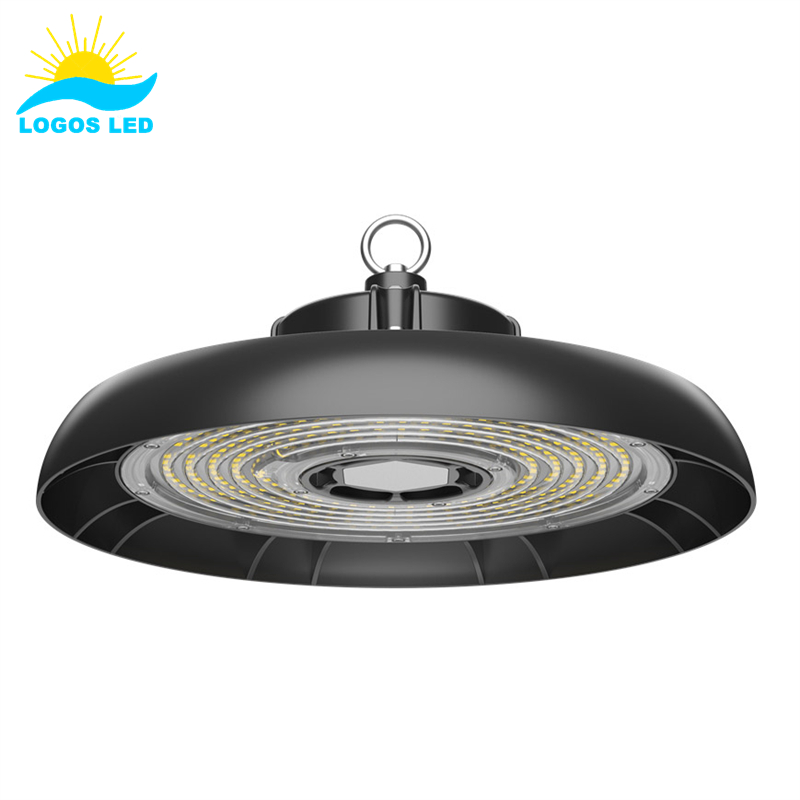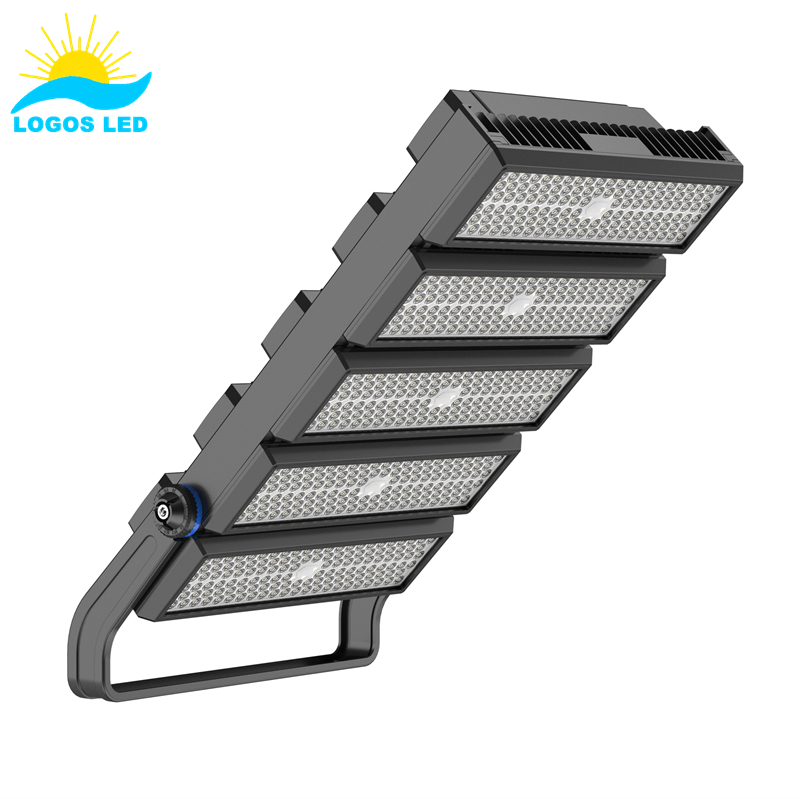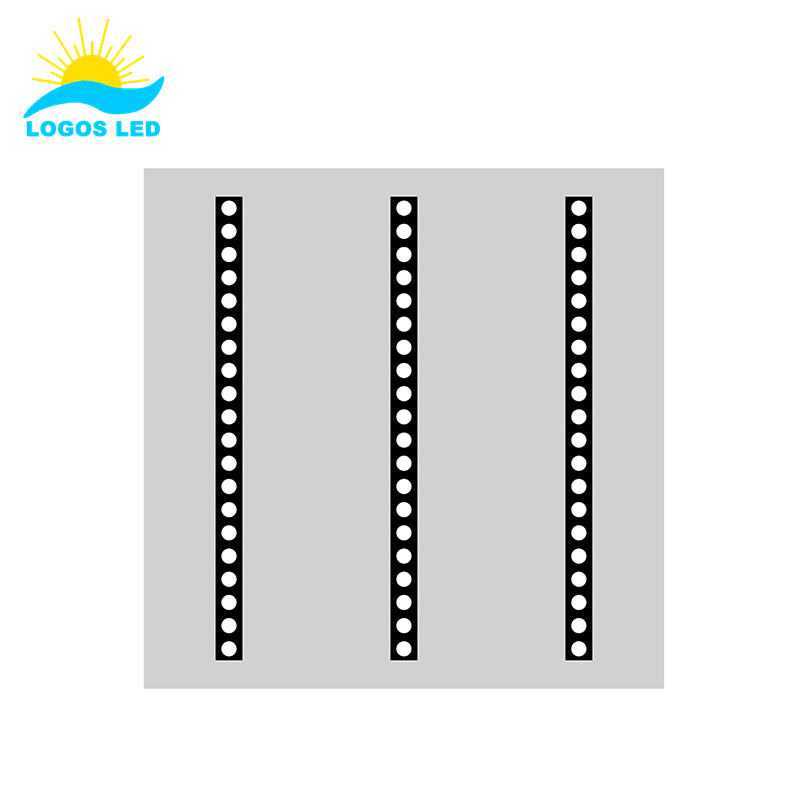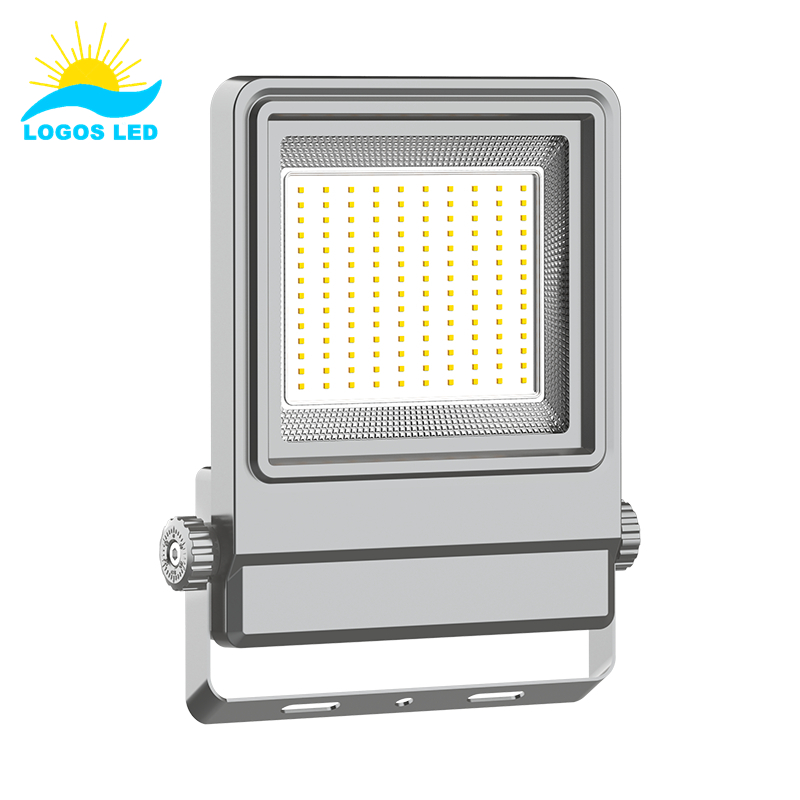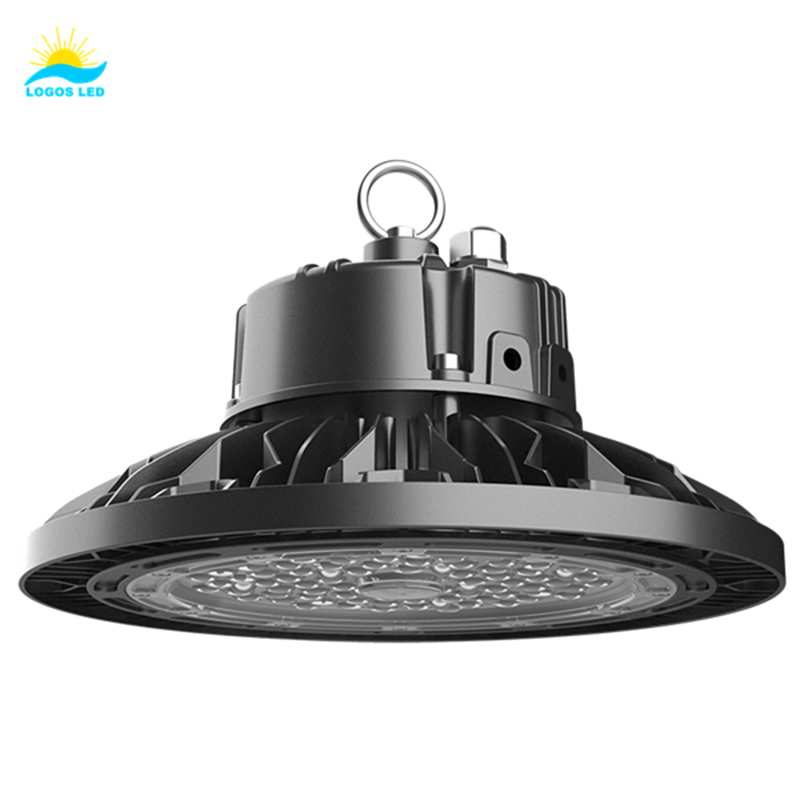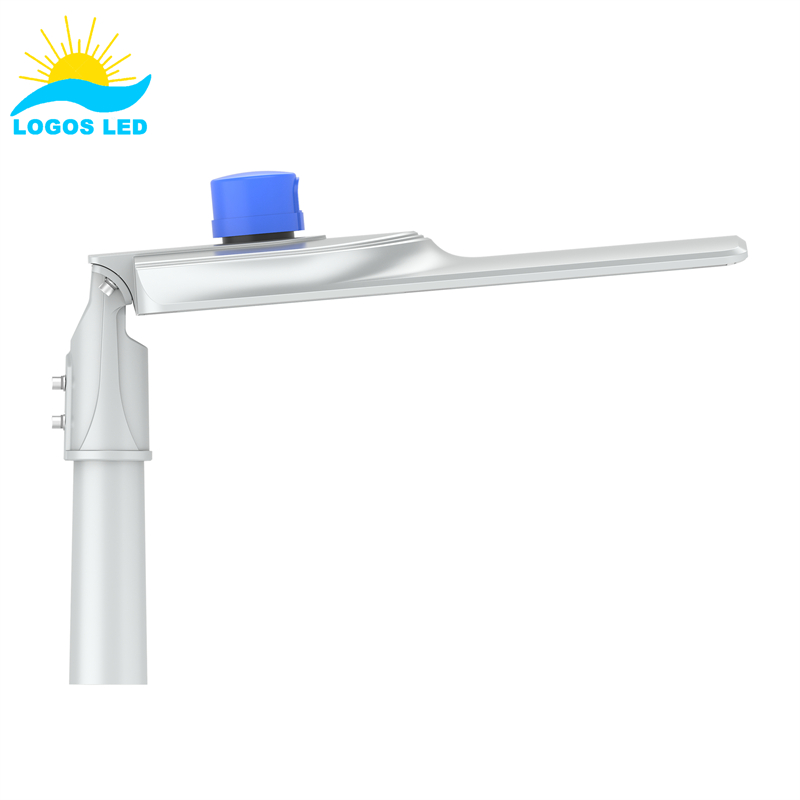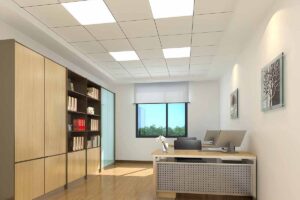Choosing the wrong bulb can ruin your space’s vibe—too harsh, too dim, or just plain wrong. Let’s fix that with the right choice.
Clear bulbs emit sharp, focused light, ideal for decorative fixtures where brightness and filament visibility are desired. Frosted bulbs diffuse light, reducing glare and creating a softer ambiance, making them suitable for areas requiring gentle illumination.
Keep reading to find out which bulb fits your needs best.
Table of Contents
Main Differences Between Frosted and Clear Lenses
Frosted and clear lenses serve different lighting purposes. Clear lenses allow light to pass through without diffusion. They create sharp, bright beams and are ideal when you want to highlight something or use decorative fixtures where the light source is part of the look. You’ll often see clear lenses in spotlights or accent lighting.
Frosted lenses, however, scatter the light. This softens the beam, reducing glare and harsh shadows. They’re better suited for spaces where comfort is key—like bedrooms, offices, or lounges. The light feels more even and natural.
Here’s a breakdown of the key differences:
1. Light Diffusion and Appearance
- Clear Lens: The lens is transparent, allowing you to see the LED chips. It gives off a focused, intense beam of light. This kind of lens is ideal where bright, directional light is needed—like in warehouses, gymnasiums, or as accent lighting.
- Frosted Lens: The lens is opaque or textured, diffusing light evenly. This creates a softer, more pleasant glow that’s easier on the eyes. It works best in places like offices, parking garages, or homes where glare needs to be minimized.
2. Brightness and Lumen Output
- Clear Lens: Produces about 3–5% more lumens because there’s less interference from the lens. That means more light reaches the target.
- Frosted Lens: Slightly less lumen output due to diffusion, but delivers a more comfortable and evenly spread light.
3. Glare and Eye Comfort
- Clear Lens: More prone to glare. It can be harsh, especially when viewed directly, which may cause discomfort in some settings.
- Frosted Lens: Reduces glare significantly, providing a softer viewing experience that’s more suitable for long exposure.
4. Shadows and Light Quality
- Clear Lens: Produces crisp, sharp shadows due to its direct beam. This can be useful in task areas but may also be visually distracting.
- Frosted Lens: Creates gentle, diffused shadows that contribute to a more relaxed and visually pleasing atmosphere.
5. Typical Applications
- Clear Lens: Best used where strong, focused light is needed—such as high ceilings, retail displays, workshops, or gymnasiums.
- Frosted Lens: Ideal for general lighting in glare-sensitive areas like offices, schools, parking structures, and residential rooms.
Summary Table
| Feature | Clear Lens | Frosted Lens |
|---|---|---|
| Light Diffusion | Minimal, focused light | High diffusion, soft and even light |
| Lumen Output | 3–5% higher | Slightly lower |
| Glare | More glare, harsh on eyes | Less glare, more comfortable |
| Shadows | Sharper, more defined | Softer, more diffused |
| Typical Use | Task lighting, high ceilings, accents | General lighting, glare-sensitive areas |
In short: clear lenses give you direct brightness and sparkle, while frosted lenses offer a smooth, glare-free experience.
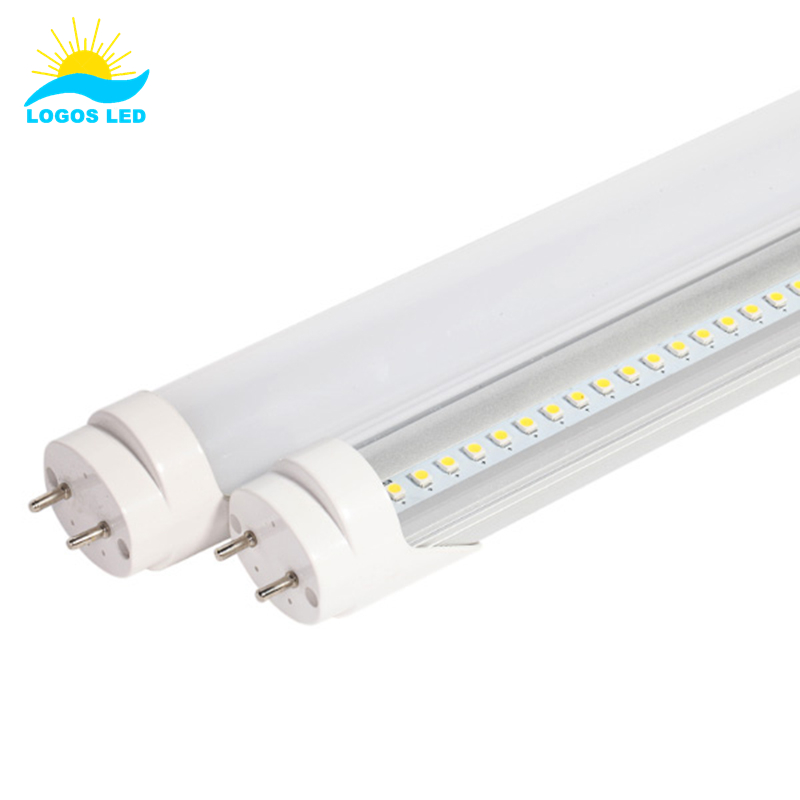
LED Tube Light
Similarities Between Frosted and Clear Lenses
Both clear and frosted bulbs come in various shapes, sizes, and base types, fitting standard fixtures. They are available in LED, incandescent, and other technologies, offering options for energy efficiency and brightness levels. Regardless of the finish, both types can be dimmable and come in different color temperatures to suit various lighting needs. Here’s a breakdown:
Price
There’s usually no noticeable price gap between the two. Whether you choose frosted or clear lenses, the cost is typically the same, making this a non-factor in decision-making.
Color Rendering Index (CRI)
Both frosted and clear lens bulbs offer similar CRI values. This means they are equally effective at showing true and natural colors under artificial lighting, an important feature in spaces like showrooms or kitchens.
Color Temperature (CCT)
Lens type does not affect color temperature. Both types are available in a full range—from warm white (2700K) to cool white (6500K)—so you can choose the color tone that suits your space regardless of lens style.
Energy Efficiency
Both options consume similar amounts of power. Whether you go with a clear or frosted lens, you get the same energy savings and efficiency benefits that come from using LED technology.
Basic LED Technology
Under the hood, both types use the same LED chips, drivers, and thermal designs. The difference is only in the lens material and design, not the core technology.
Certification and Safety
Both frosted and clear lens LED bulbs are manufactured to meet the same safety and performance certifications, including UL, CE, and DLC. You can trust either option to be safe and reliable.
The key takeaway is this: frosted and clear LED bulbs are equal in terms of price, energy use, light color accuracy, and safety. The choice comes down to your preference for glare control and light distribution—not performance or cost.
Types of Lighting Fixtures That Have Clear or Frosted Options
When selecting lighting fixtures, understanding the differences between clear and frosted lenses is crucial. Here’s a breakdown of various fixtures that offer both options:
High Bay and Low Bay Lights
High Bay Lights are designed for ceilings 20 feet and higher, commonly found in warehouses and industrial settings. Clear lenses in these fixtures provide focused, intense light, ideal for illuminating large areas from significant heights.
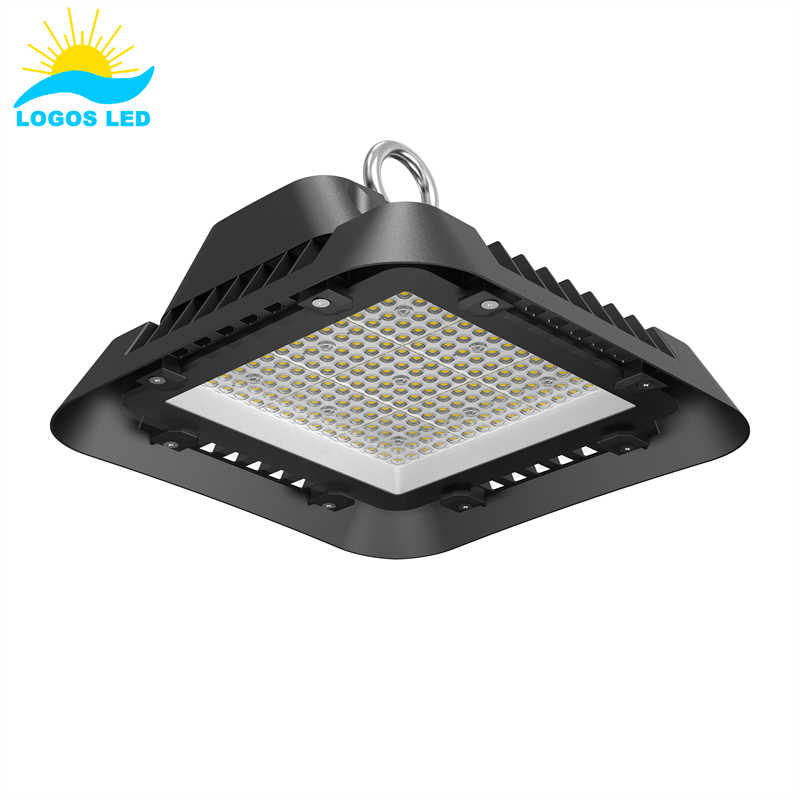
Omni LED High bay light 80-100W (1)
Low Bay Lights are suitable for ceilings below 20 feet, such as in retail stores or workshops. Frosted lenses in these fixtures diffuse light, reducing glare and creating a more comfortable environment for occupants.
LED Bulbs (A19, PAR, BR Types)
A19 Bulbs are standard household bulbs. Clear lens A19 bulbs emit sharp, bright light, making them suitable for accent lighting. Frosted lens A19 bulbs provide softer, diffused light, ideal for general room illumination.
PAR and BR Bulbs are commonly used in recessed and track lighting. Clear lens PAR bulbs offer focused beams, perfect for highlighting artwork or architectural features. Frosted lens BR bulbs distribute light evenly, reducing shadows and glare.
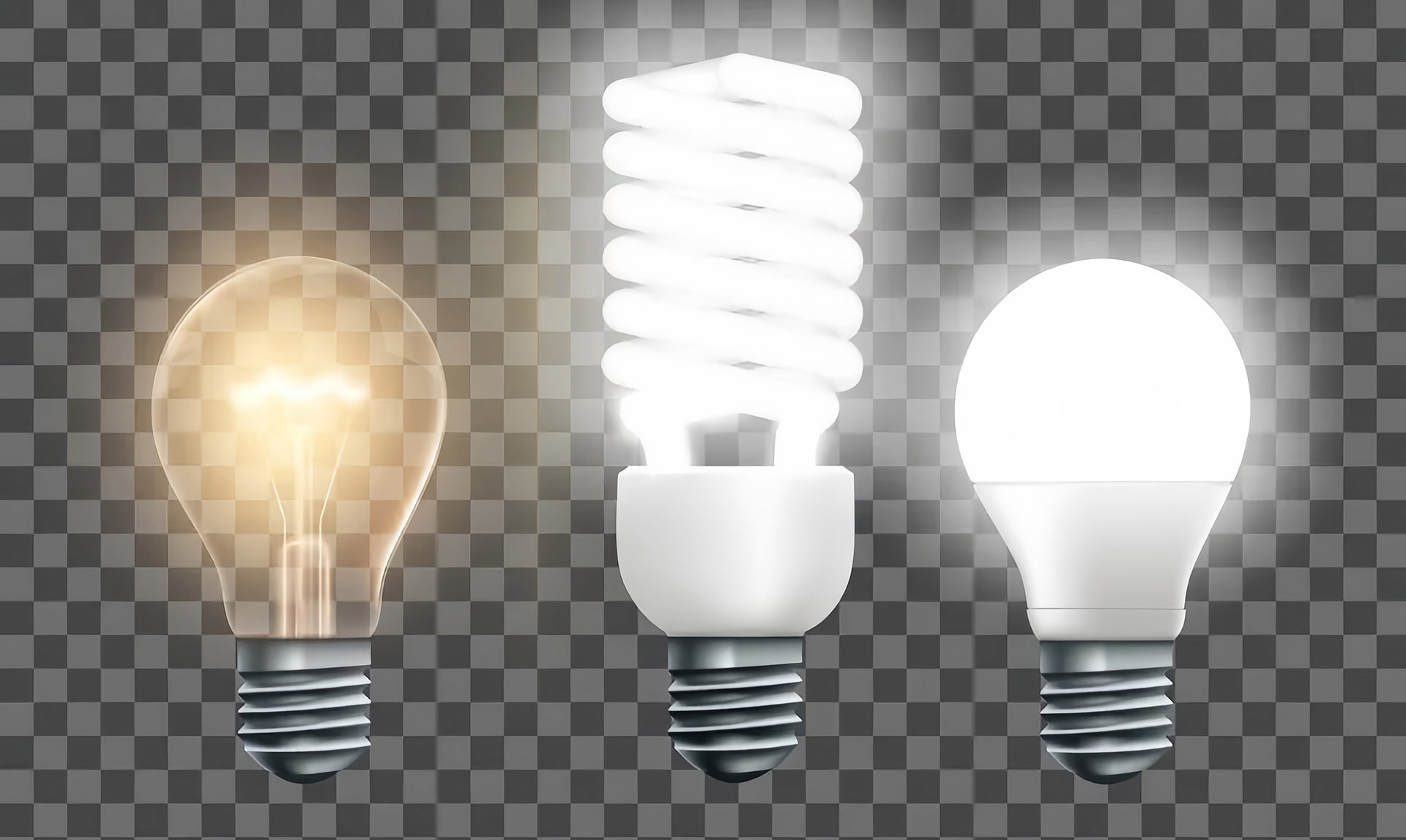
different types of light bulbs
Linear Fixtures (Troffers and Strip Lights)
Troffers are recessed fixtures typically used in office ceilings. Frosted lenses in troffers ensure uniform light distribution, minimizing glare on screens and work surfaces.
Strip Lights are versatile fixtures for both commercial and residential use. Clear lenses in strip lights provide maximum brightness, while frosted lenses offer a more subdued light, suitable for ambient lighting.
Industrial High Bay Fixtures with Various Lens Materials
Industrial high bay fixtures often come with lenses made from materials like acrylic, polycarbonate, or glass. Clear lenses in these fixtures maximize light output, beneficial for tasks requiring high visibility. Frosted or diffused lenses help in reducing glare and spreading light more evenly, enhancing comfort in work environments.
Commercial and Industrial Outdoor Fixtures
Outdoor fixtures, such as those used in parking garages or security lighting, also offer clear and frosted lens options. Clear lenses provide bright, direct light, enhancing visibility and security. Frosted lenses diffuse light, reducing glare and light pollution, making them suitable for areas where softer illumination is preferred.
Summary Table
| Fixture Type | Clear Lens Use | Frosted Lens Use |
|---|---|---|
| High Bay / Low Bay | High ceilings, focused illumination | Lower ceilings, reduced glare |
| LED Bulbs (A19, PAR, BR) | Accent lighting, sharp light | General lighting, soft illumination |
| Linear Fixtures (Troffers, Strips) | Maximum brightness, task areas | Even light distribution, glare reduction |
| Industrial High Bay Fixtures | High visibility tasks | Comfortable, diffused lighting |
| Outdoor Commercial Fixtures | Enhanced visibility and security | Reduced glare, ambient outdoor lighting |
Choosing between clear and frosted lenses depends on the specific lighting requirements of the space. Clear lenses are ideal for areas needing bright, focused light, while frosted lenses are better suited for environments where diffused, comfortable lighting is desired.
Are Clear or Frosted Bulbs Better?
The choice between clear and frosted bulbs depends on the intended use. Clear bulbs are better for decorative purposes where the bulb is visible and a bright, crisp light is desired. Frosted bulbs are preferable in areas where soft, diffused light is needed to create a comfortable atmosphere or reduce glare.
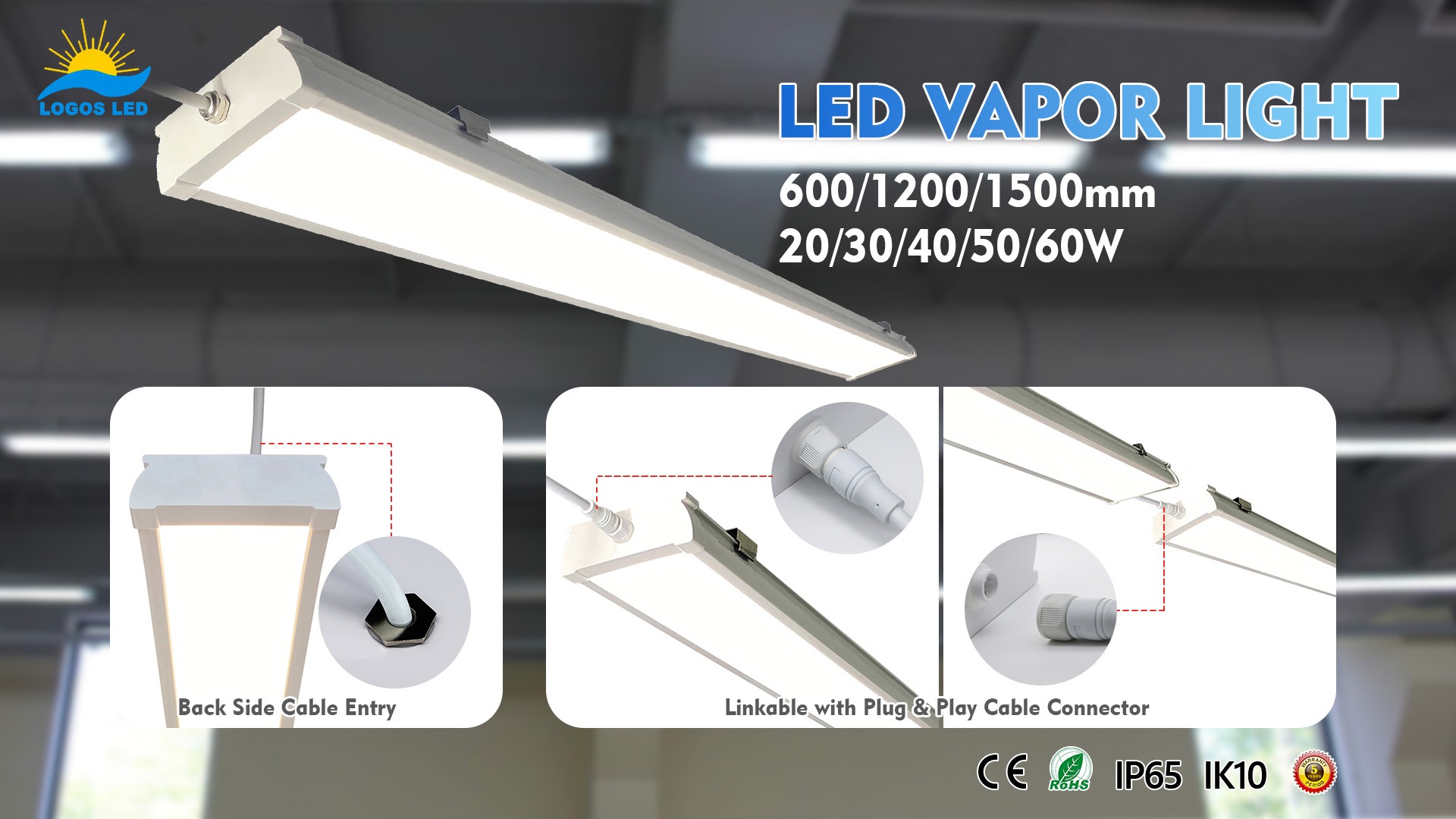
Lyra LED Vapor Light
Conclusion
Understanding the differences between clear and frosted bulbs helps in selecting the right lighting for your space. Clear bulbs offer bright, focused light suitable for decorative fixtures, while frosted bulbs provide soft, diffused illumination ideal for creating a cozy ambiance.
If you have questions or need assistance choosing the right bulb for your needs, feel free to contact us.
Request A Free Quote Now!
Send us a message if you have any questions or request a quote. We will get back to you ASAP!



